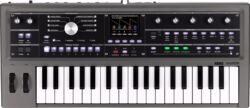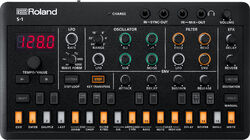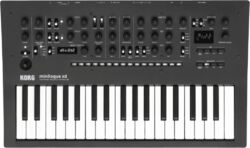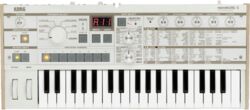Warenkorb
Synthesizer
Voir les marques
Filter
Filter
156
Ergebnisse :
Produkte pro Seite
Sortieren

849.00 €

3999.00 €
3299.00 €

722.00 €
549.00 €
Der Umsatz


2444.00 €
1129.00 €

229.00 €
174.00 €

1799.00 €
1599.00 €

599.00 €
529.00 €

229.00 €
182.00 €

1999.00 €
1597.00 €

188.00 €
157.00 €

3000.00 €
2292.00 €

366.00 €
299.00 €

739.00 €
569.00 €

904.00 €
699.00 €

577.00 €
468.00 €

512.00 €
360.00 €

512.00 €
382.00 €
Set


366.00 €
339.00 €

556.00 €
389.00 €

54.50 €
48.00 €

2969.00 €

1999.00 €
999.00 €

2249.00 €
2089.00 €

1145.00 €
999.00 €

1145.00 €
986.00 €

366.00 €
270.00 €

2299.00 €

2969.00 €
2899.00 €

1399.00 €
1369.00 €
Der Umsatz


859.00 €
699.00 €
Marken für die Kategorie : Synthesizer
Mehr sehen

























